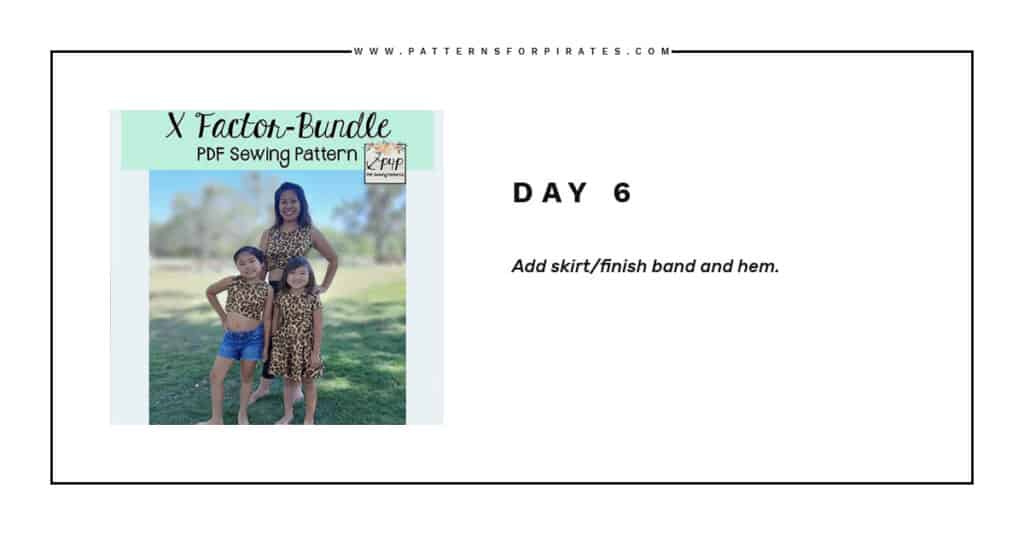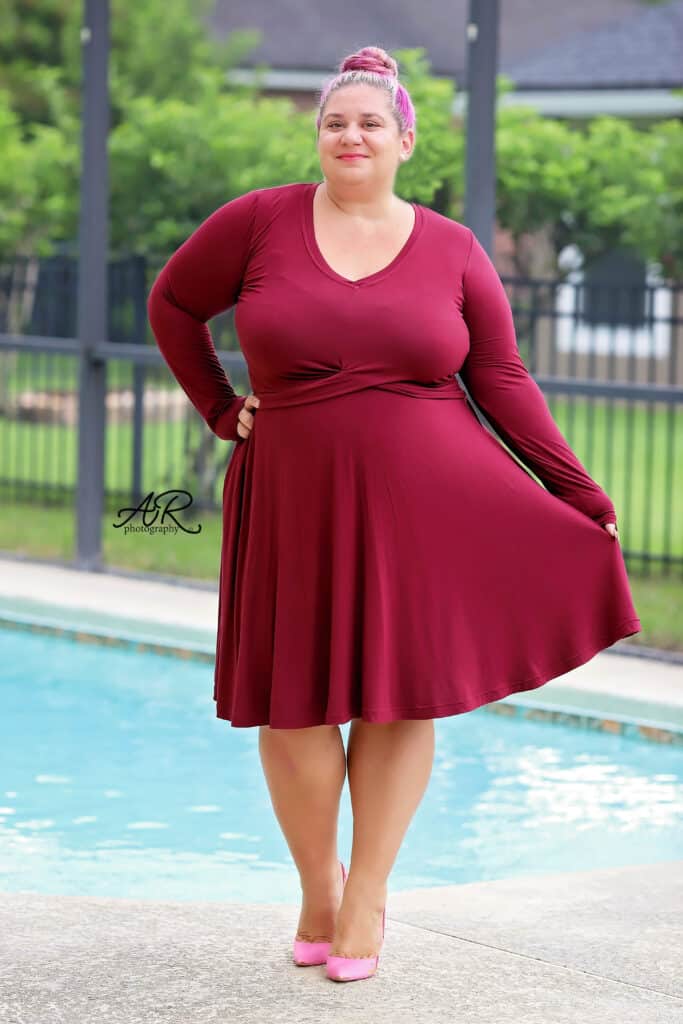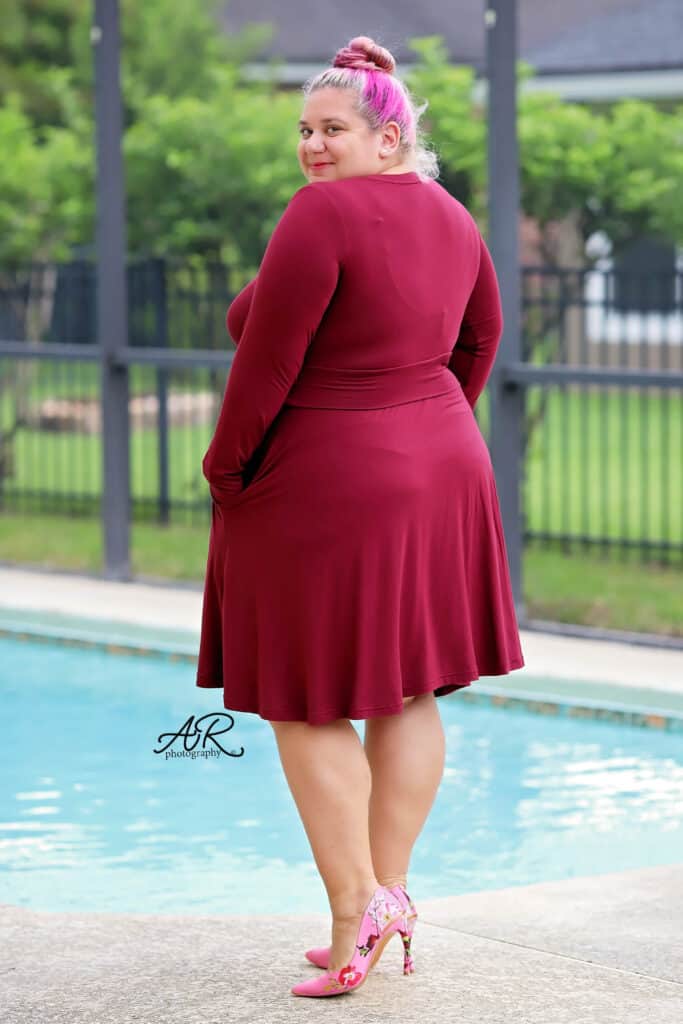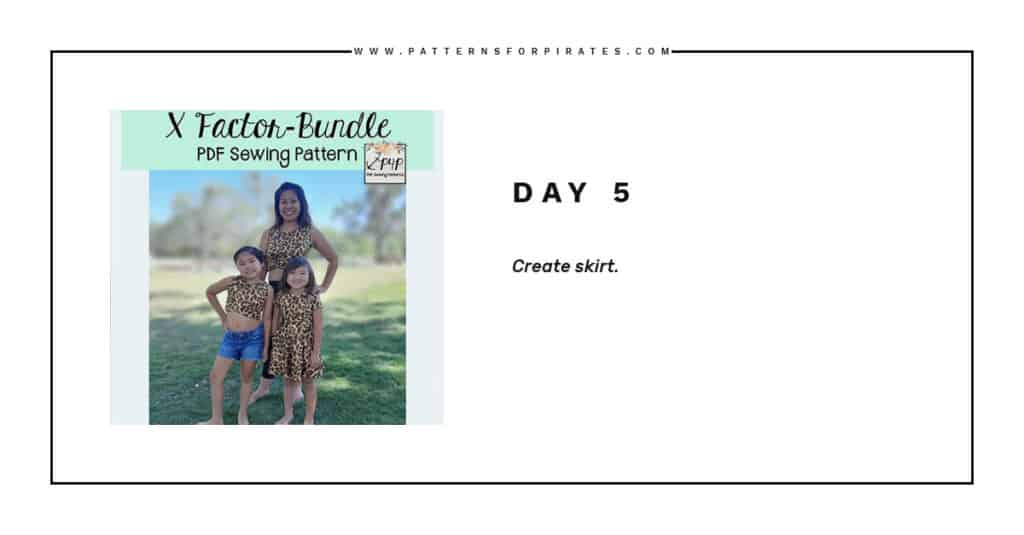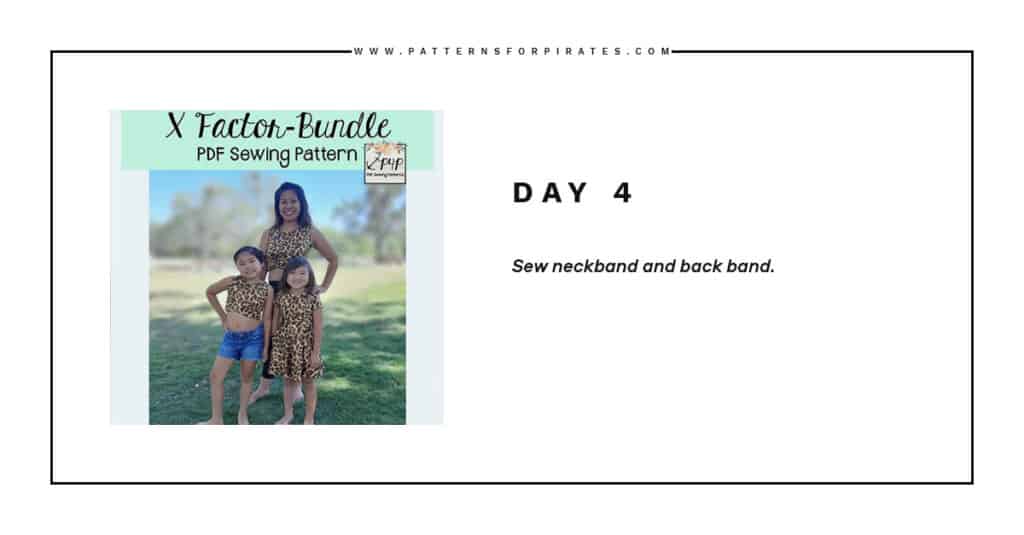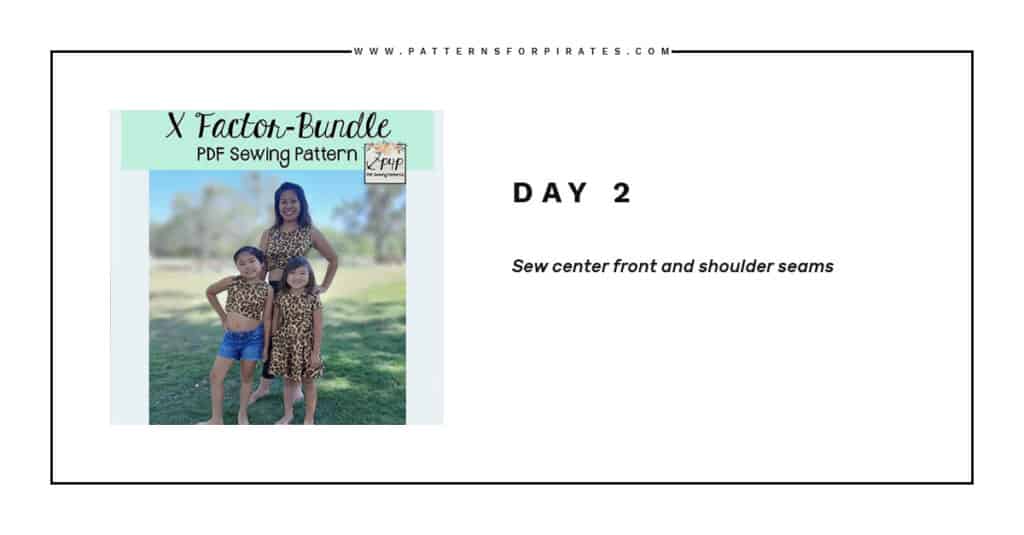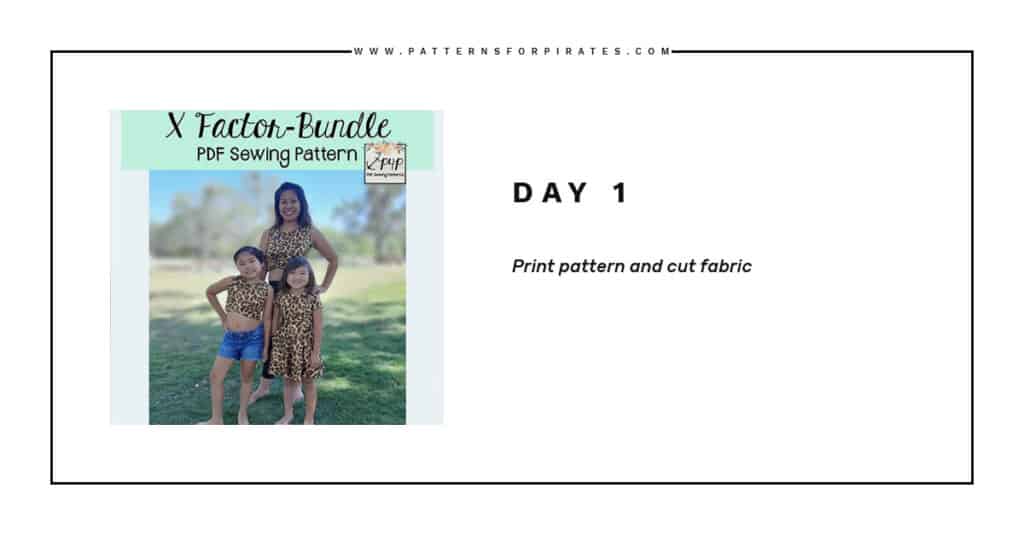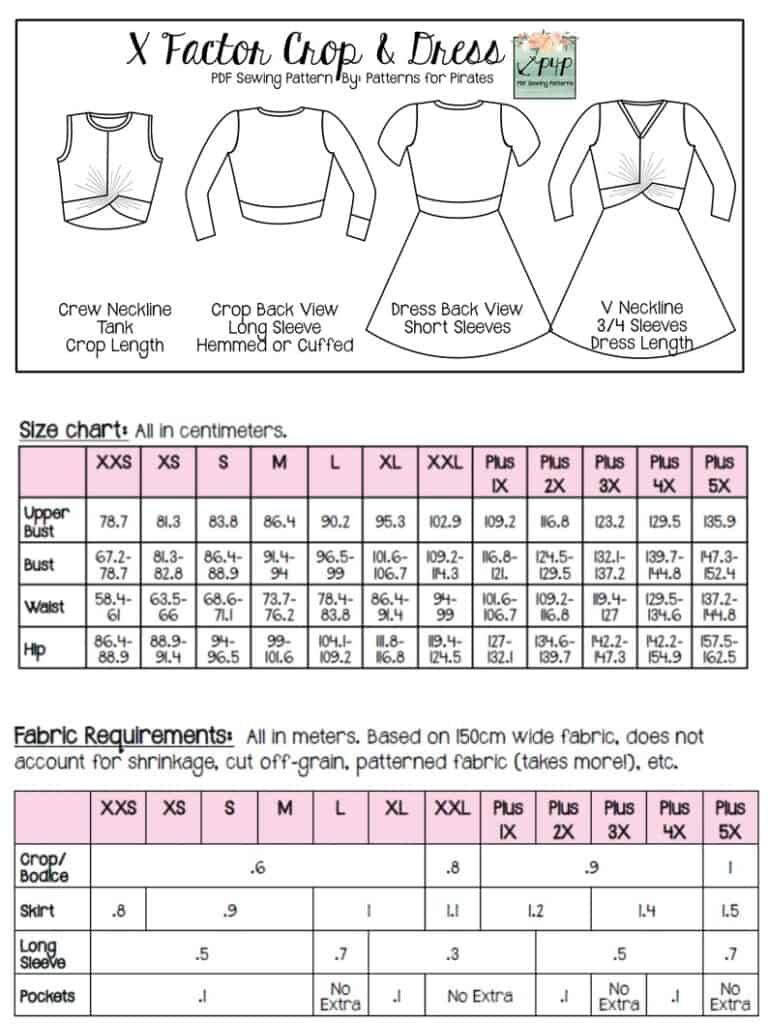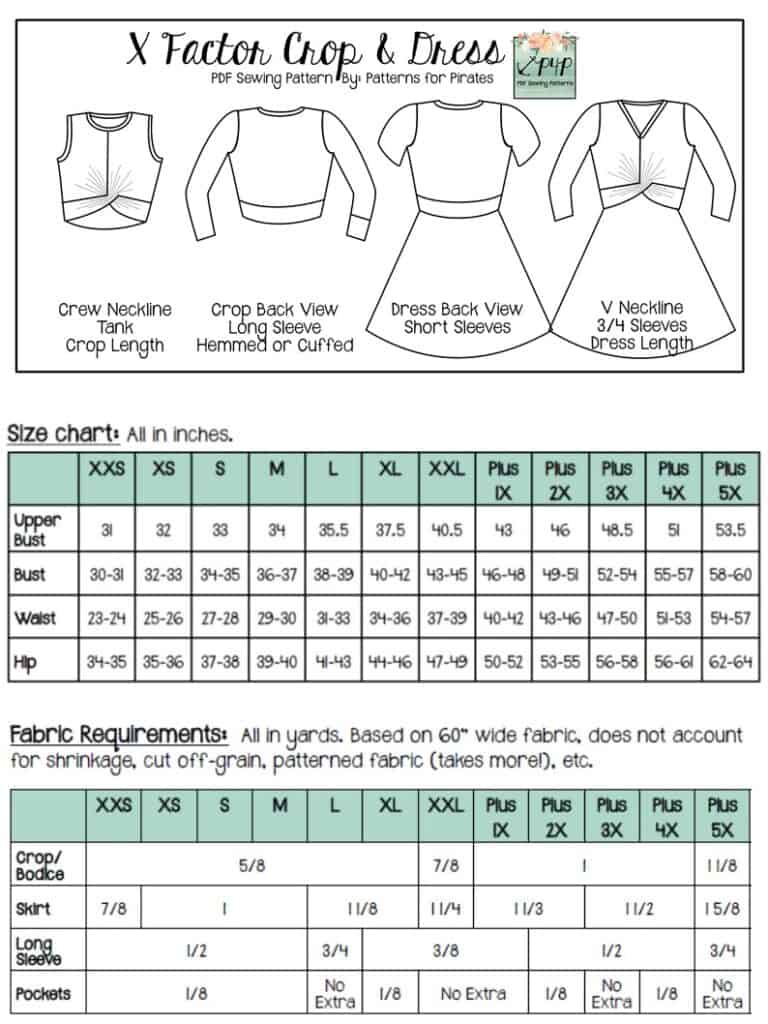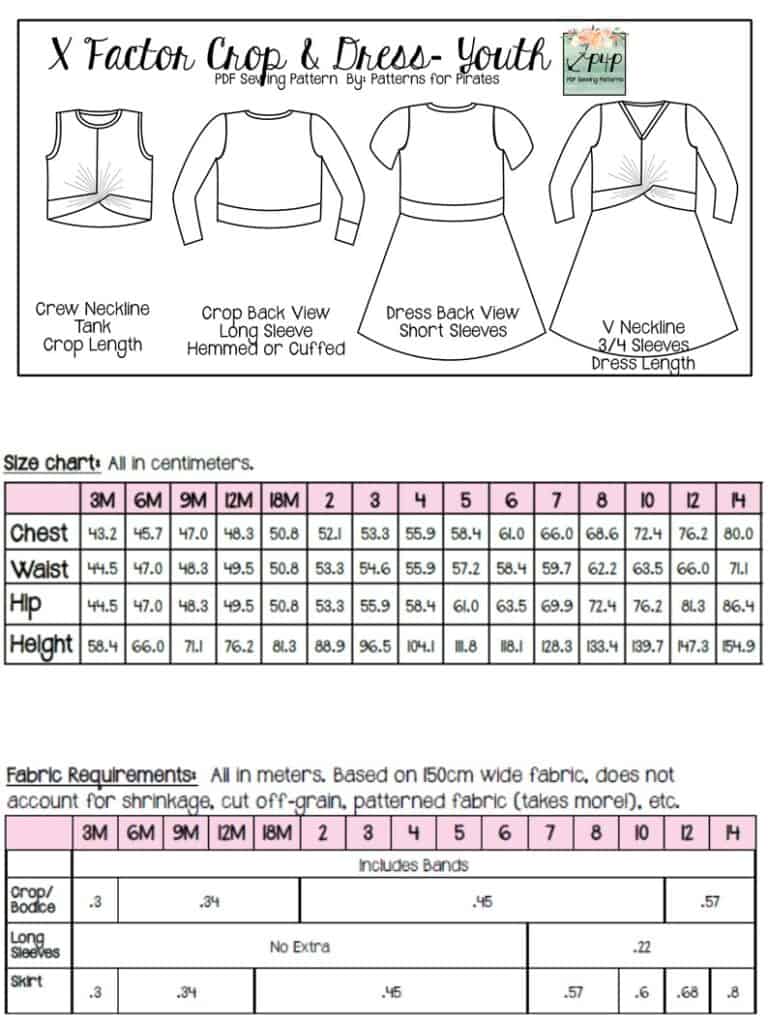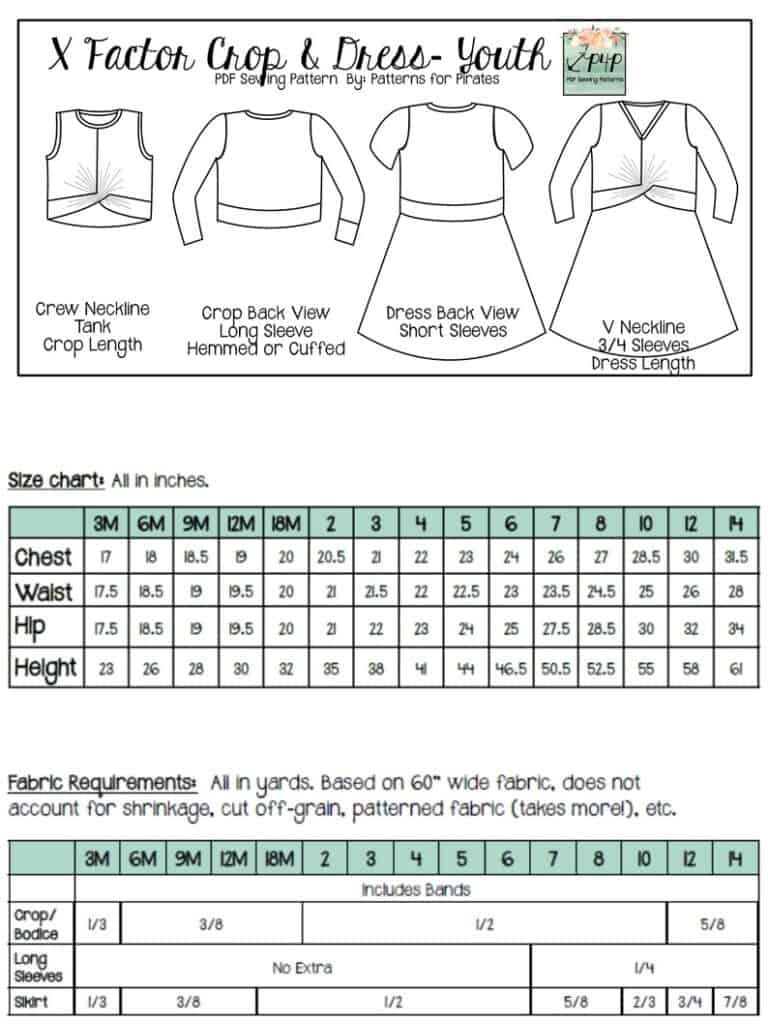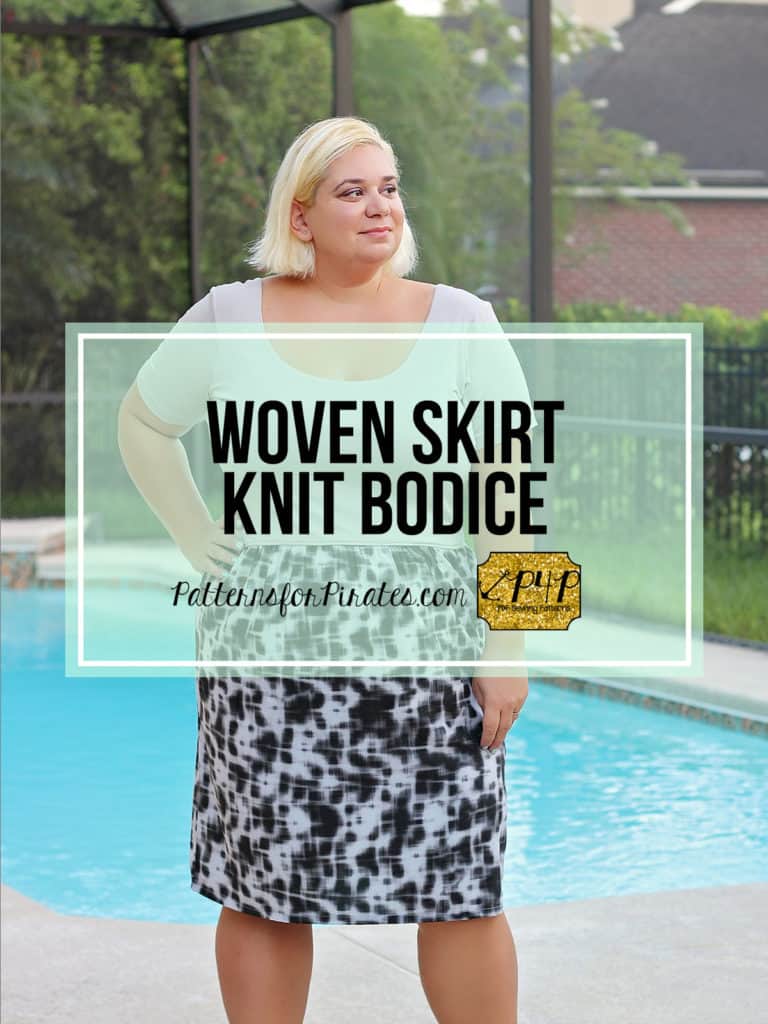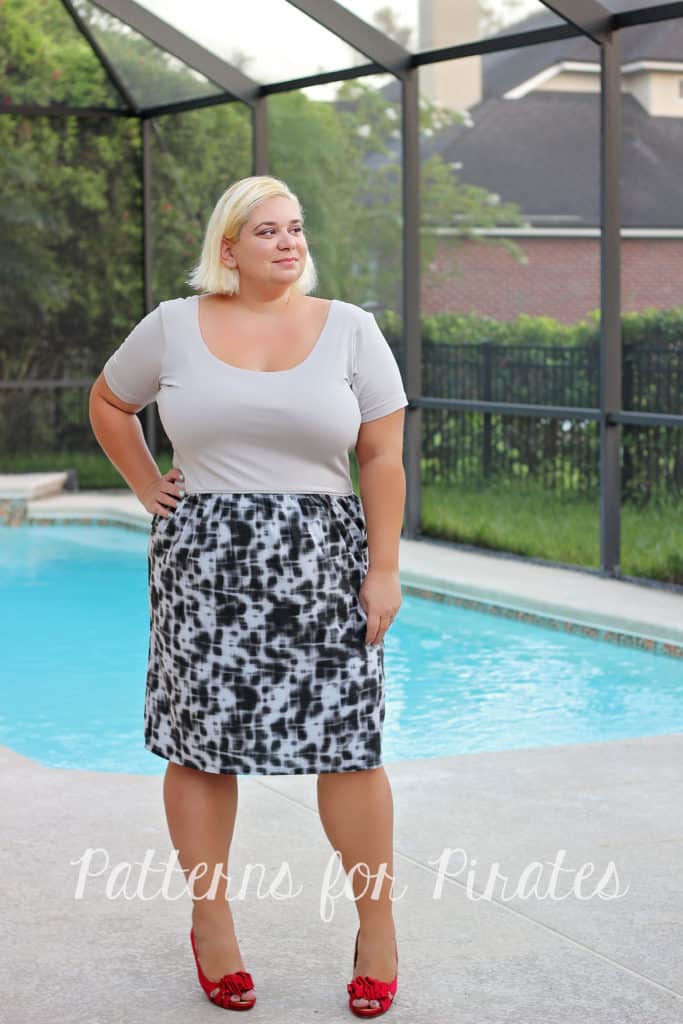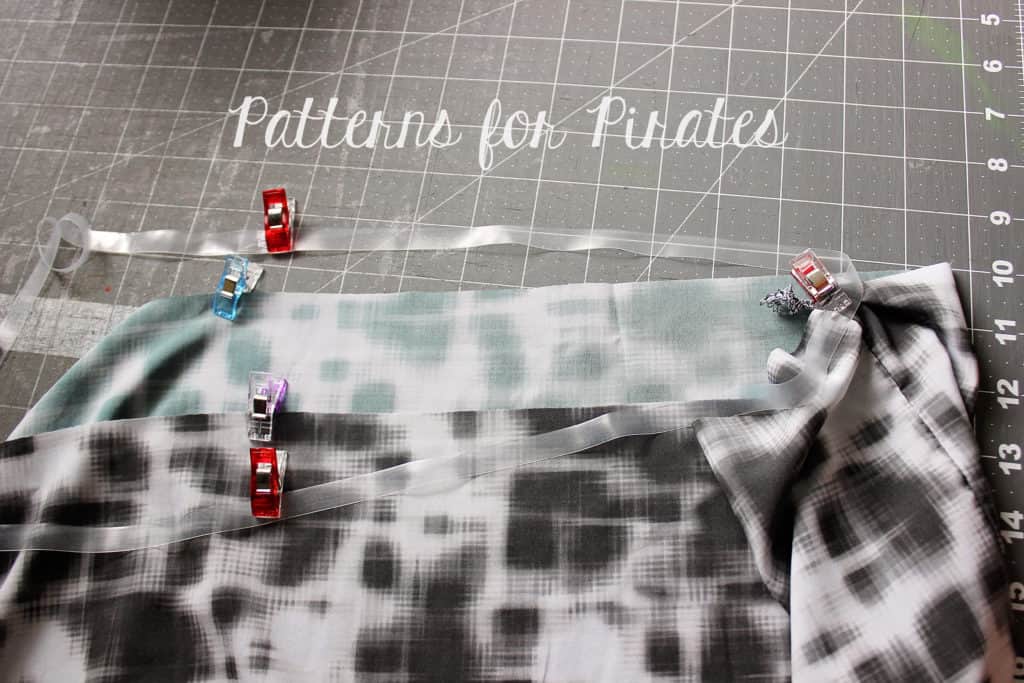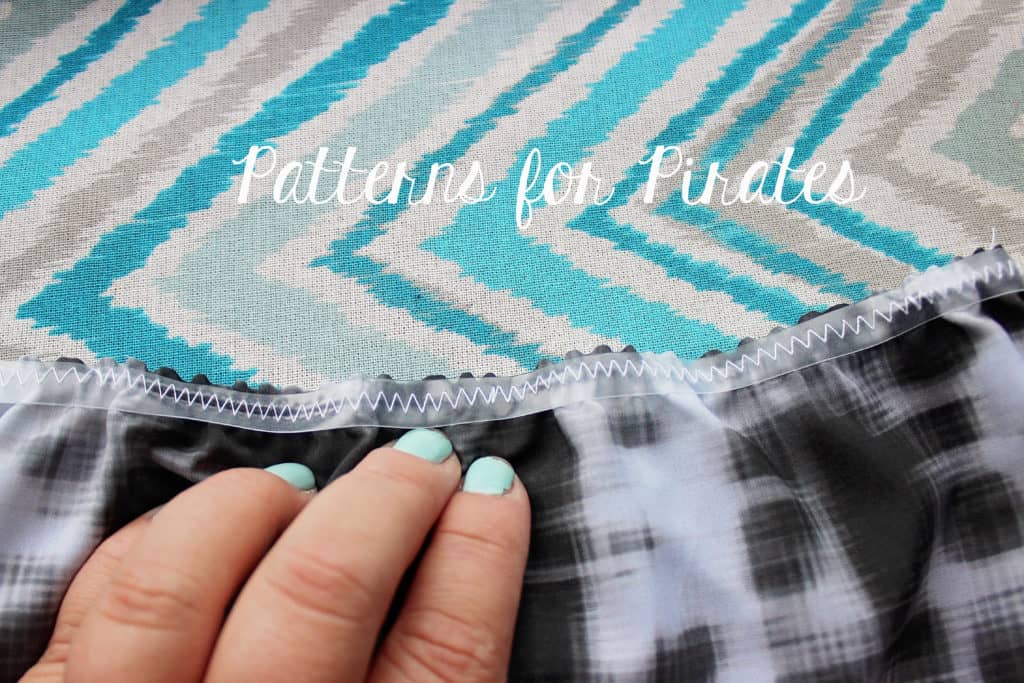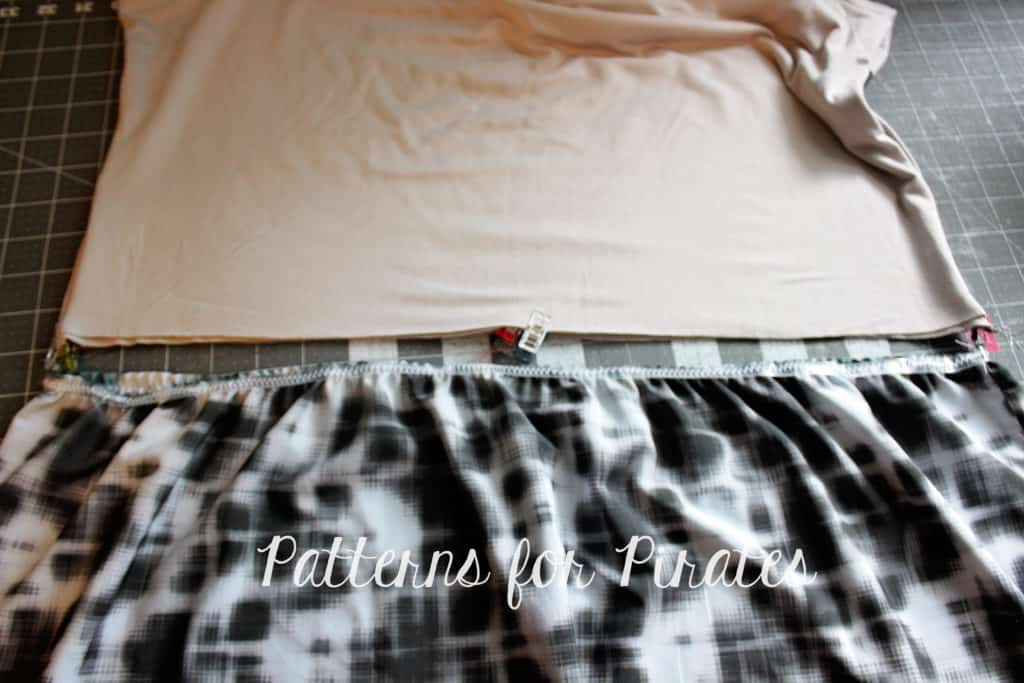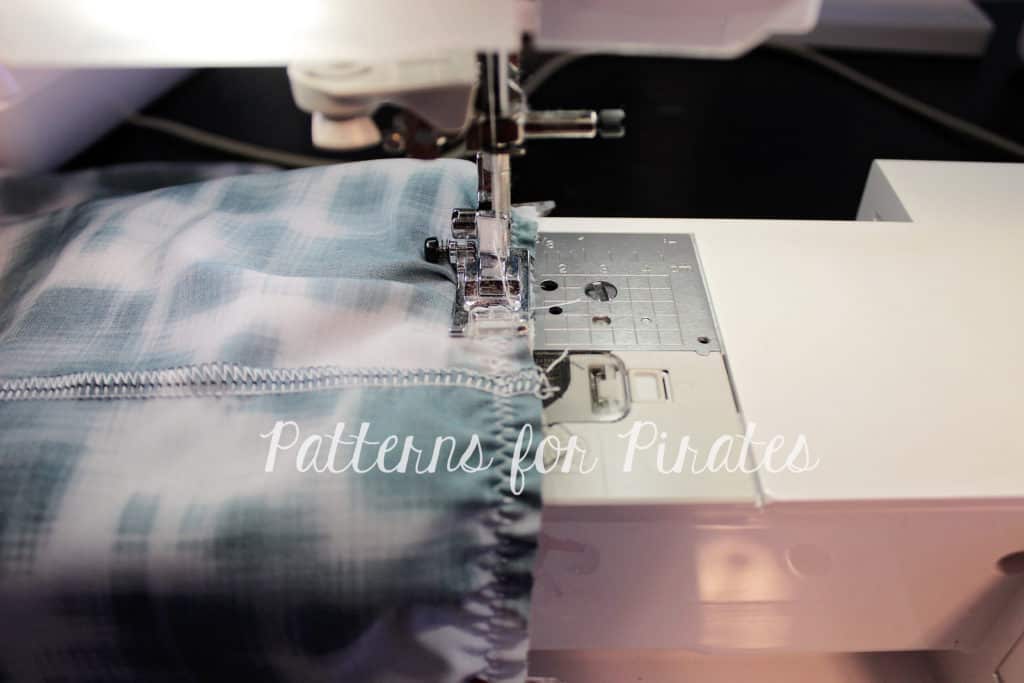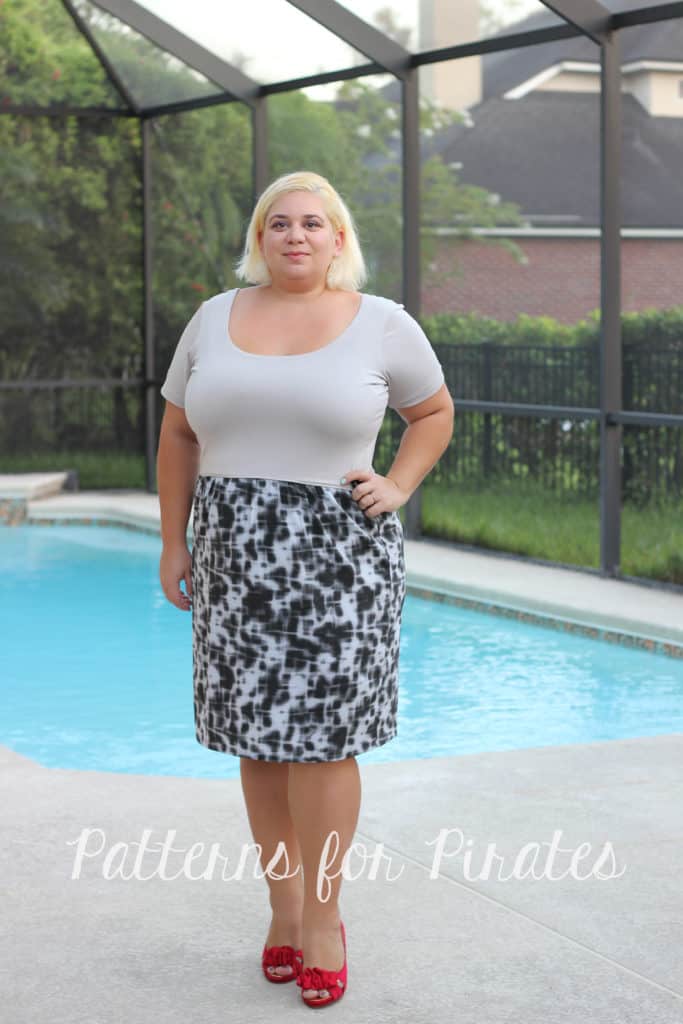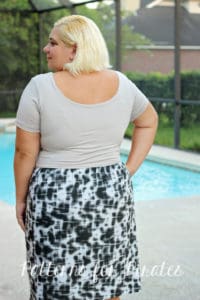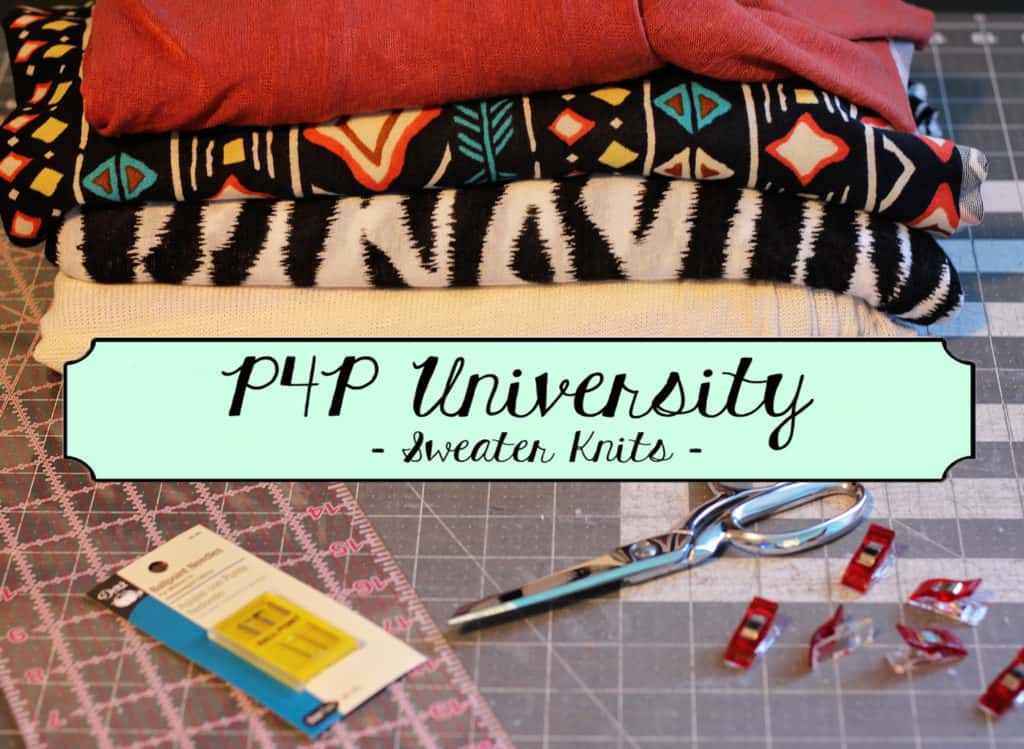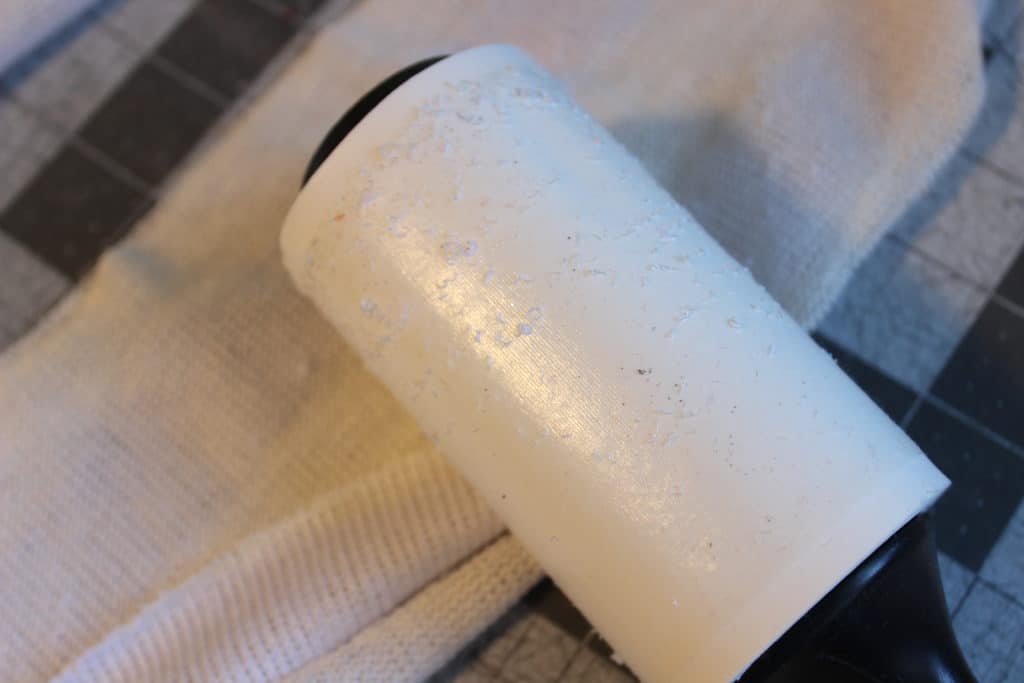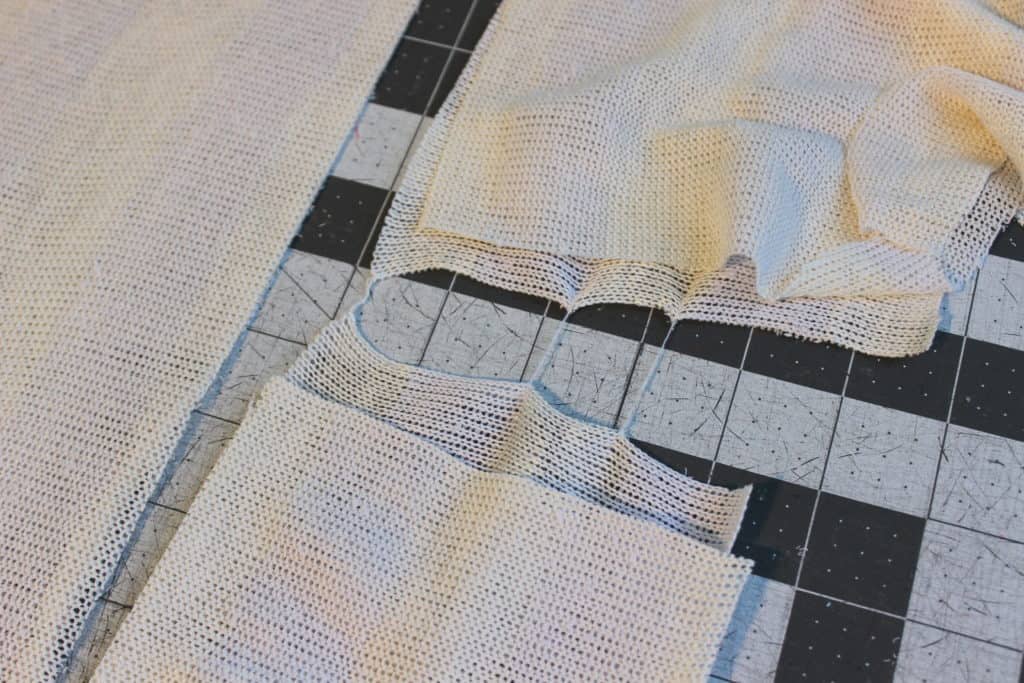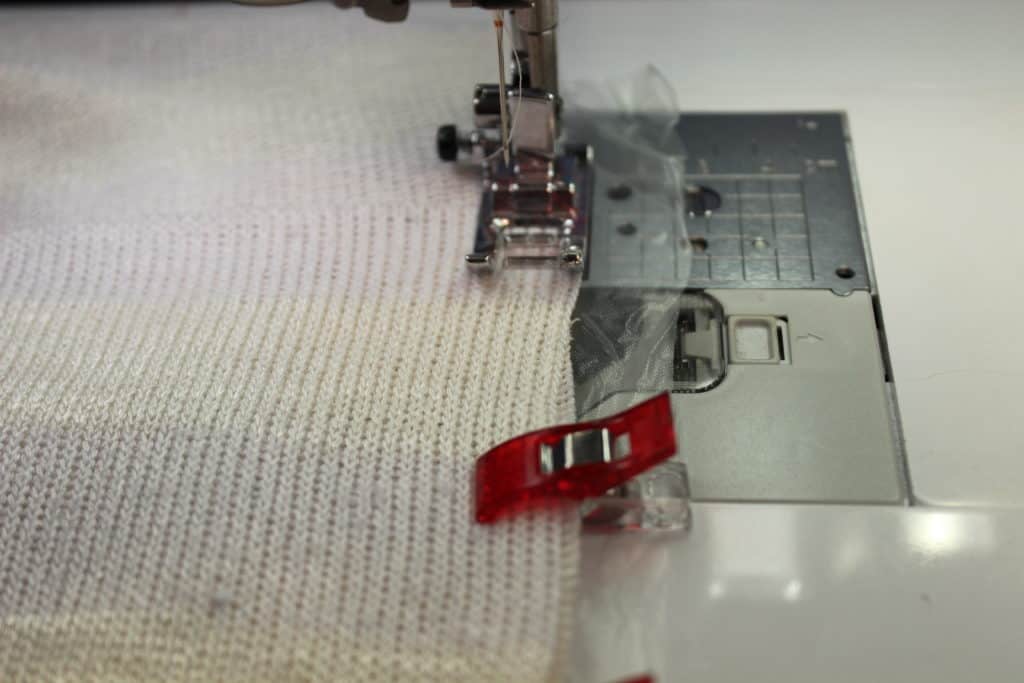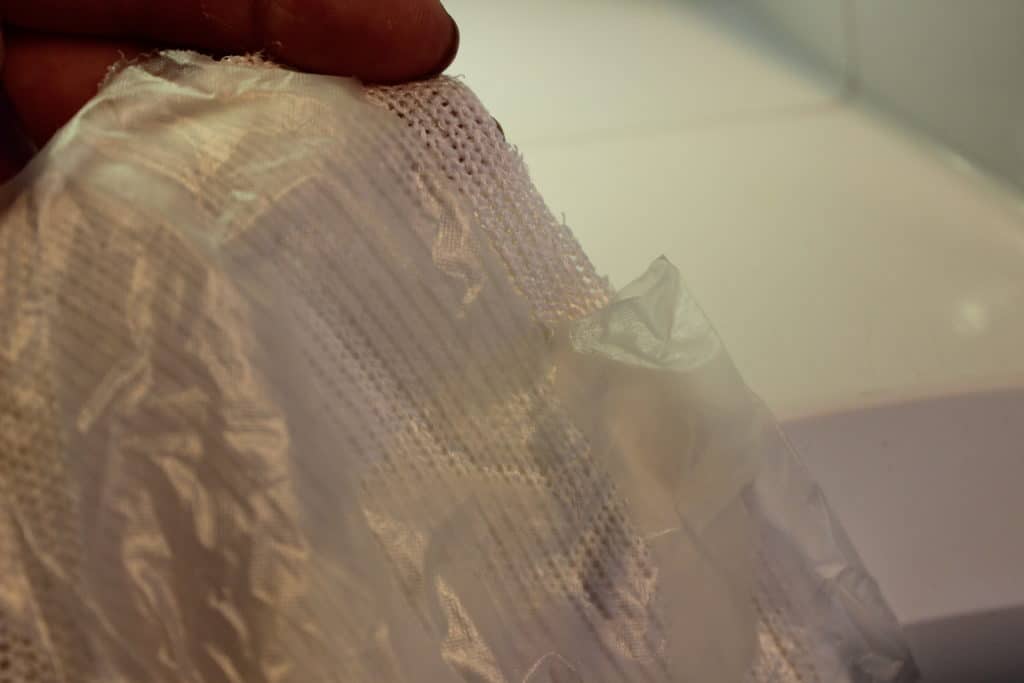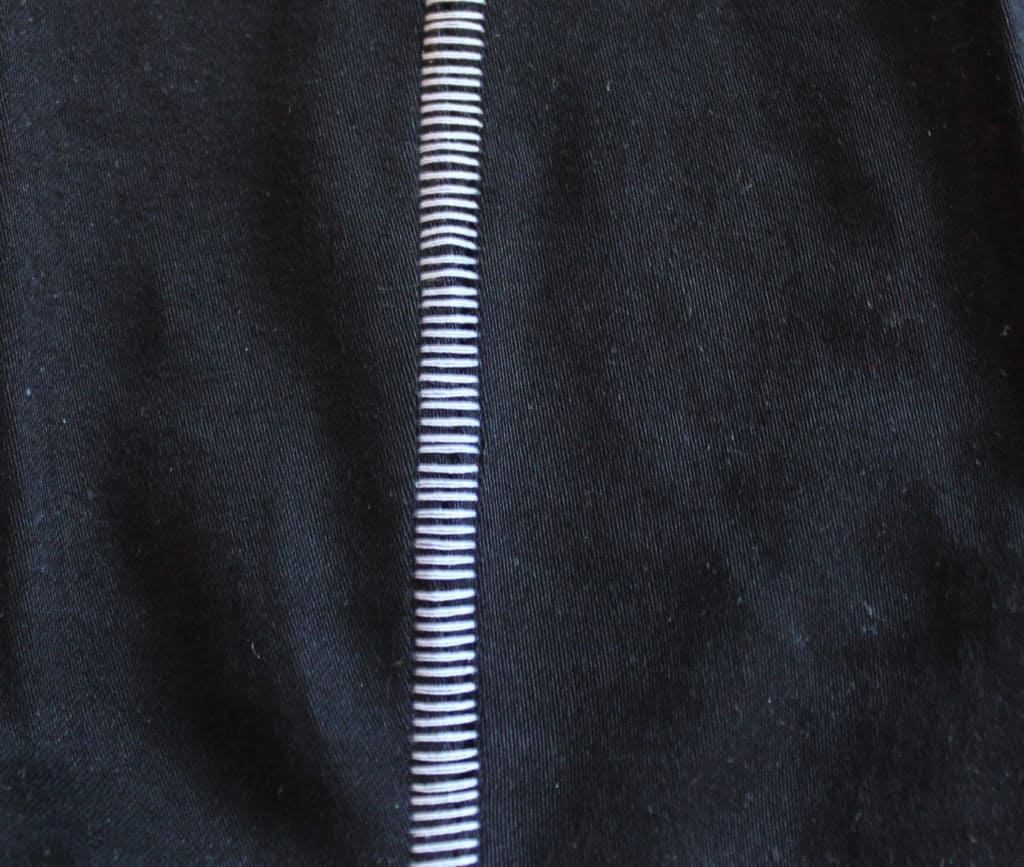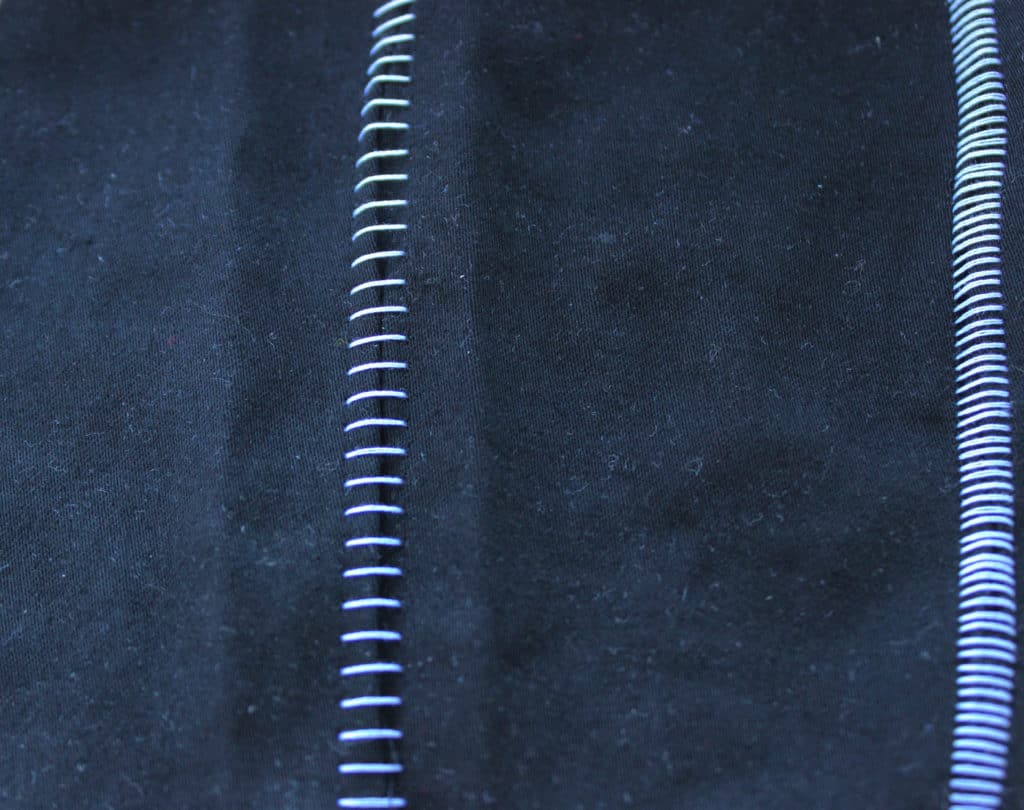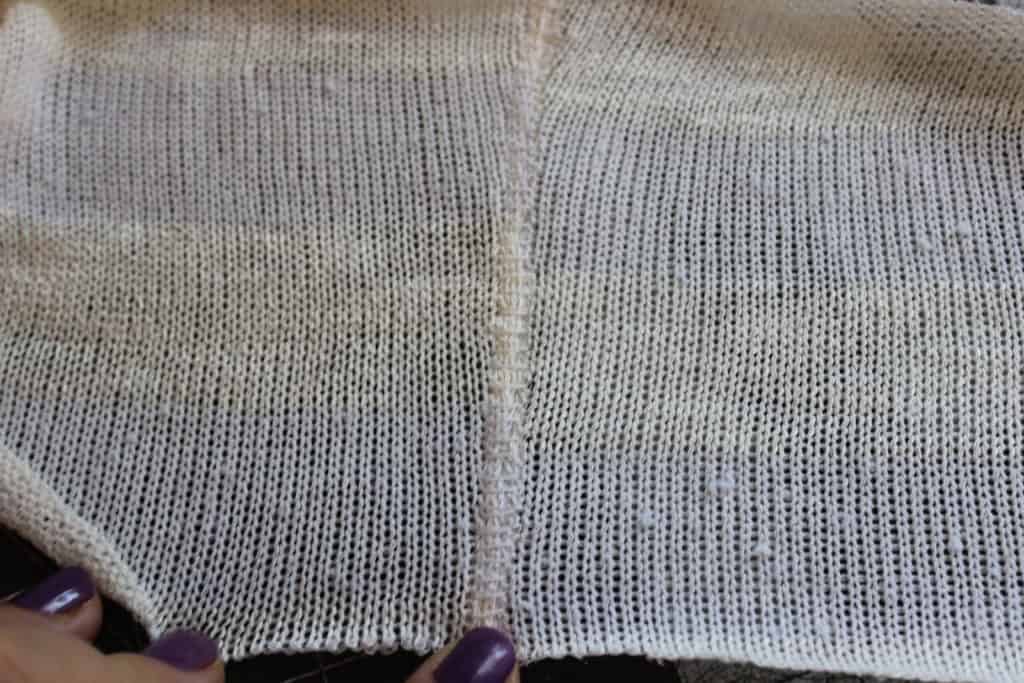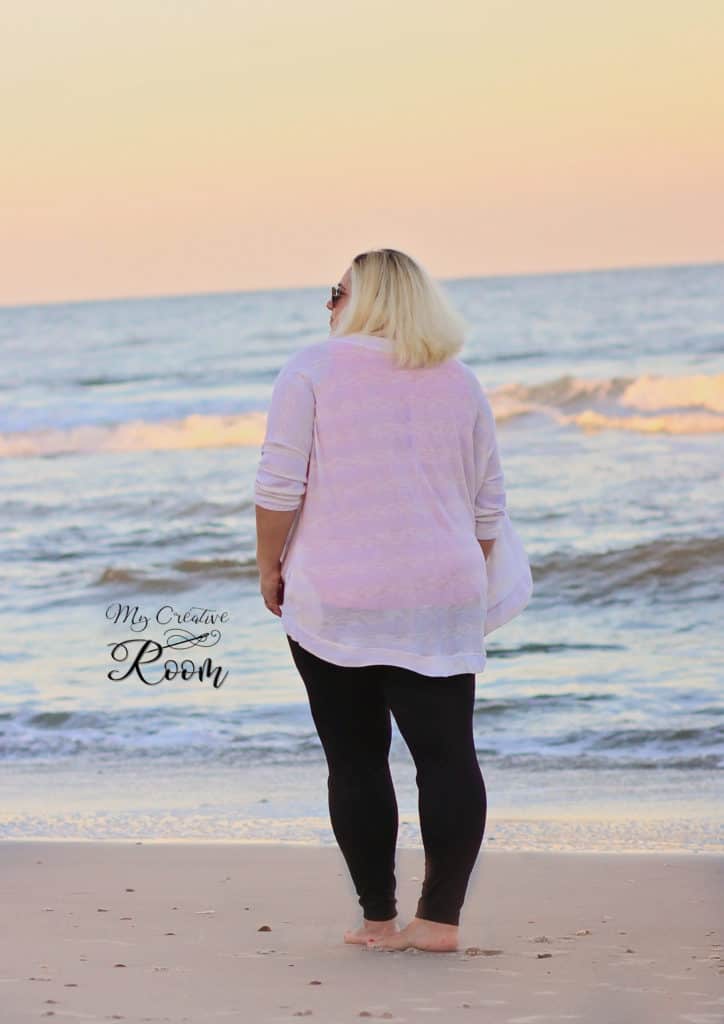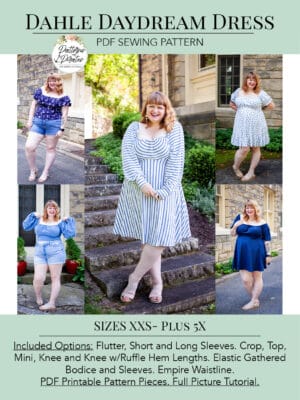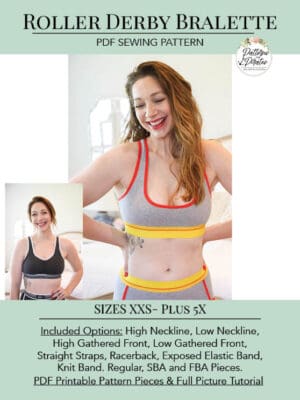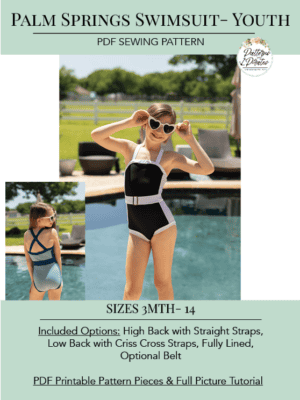Last sewing day is here…and it’s probably the most rewarding one. Today we will get to see the project come to life. For the crop option you will be attaching the band to the bodice matching the side seams. Keep in mind that it is much easier to sew a couple of inches on each side of the center seam with your sewing machine (using a stretch stitch!) than it is to sew all around the waist with only the serger. If you are sewing the dress option, you would need to make sure that the waistband is sandwiched between the skirt and the bodice, right sides together.
Last steps of this sew along are hemming the sleeves and skirt. If you did the crop tank, you are already done. The sleeves are hemmed 1/2″. Did you make your memory hem a few days ago? Well now it comes in handy. The skirt is hemmed 1″ while the sleeves are hemmed 1/2″. In the video below you can see how I finish the dress option including the 1″ hem.
Thank you so much for joining us this week. We loved watching your creations come to life! Don’t forget to post your final photo in the comments of day 6 check in picture of the sew along album. We will pick two winners and announce them here on the blog Monday evening or Tuesday.
